Boron, the little trace mineral that could.
Could adding Boron help heal long Covid and vaccine injuries?
I have recently been collecting information and research on Boron. I began looking into its implications related to osteoarthritis and osteoporosis as I have many clients that are effected by these conditions. The more I looked into it, the more I began to think that it might be helpful in alleviating/remediating long covid and vaccine injury symptoms. I happened to be working on this very article when I came across Dr. Malone’s article, Well Being: Cardiovascular Damage & Health: The role of supplements, that he posted earlier this week. I highly recommend checking it out and have included some of his recommendations below. He, along with Drs. Cole, Urso, Kory, and so many other FLCCC docs, are putting their much appreciated expertise into helping those injured during the pandemic; both by Covid and the vaccine.
Side note: It would be wonderful if they weren’t continuing to have to spend precious time and energy on arguing the absurd - like, should these injections be given to children, is early treatment “a thing”, and are people being injured by the jab. It’s unfortunate that these precious resources (the doctors) are still having to fight that front, but lucky for us, they apparently never sleep, because while they treat patients, protest around the world, oh, and defend themselves against corrupt medical boards threatening reprisal for TREATING PATIENTS, they have still found time to come up with some helpful dietary recommendations.
Before we dig in on boron specifically, I want to share some resources for anyone looking to detox from the spike protein (either from having covid, the vaccine, or both).
The World Council for Health has a comprehensive Detox Guide available HERE.
This is an evolving guide with emerging information on how to clear viral and vaccine-induced spike proteins from the body. The lists of herbal and other medicines and supplements have been compiled in a collaboration between international doctors, scientists, and holistic medical practitioners. As Covid-19 infections, Covid-19 vaccines, and the issue of spike protein harms are new, this guide is informed by established and emerging medical research as well as the clinical experience of international medical doctors and holistic health practitioners; it will evolve as new evidence emerges. The patent-free medicines and supplements included may have differing availability around the world. https://worldcouncilforhealth.org/resources/spike-protein-detox-guide/
The Frontline Covid-19 Critical Care Alliance has several protocols available online, ranging from prevention, to various disease-stage treatments, to long-haul and post vaccine recovery. Their PROTOCOLS page has a post vaccine protocol available HERE and a long covid protocol HERE. If you are not familiar with this site and the mission, I urge you to bookmark the site for future reference. I have personally seen the FLCCC protocols work more times that I can count, including in my own recovery from parosmia.
Formed by leading critical care specialists in March 2020, at the beginning of the Coronavirus pandemic, the ‘Front Line COVID-19 Critical Care Alliance’ is now a 501(c)(3) non-profit organization dedicated to developing highly effective treatment protocols to prevent the transmission of COVID-19 and to improve the outcomes for patients ill with the disease.
Now, let’s take a look at the problems we are trying to remediate from that nasty spike protein…but first,
So, it’s kind of a big deal. And…it’s complicated (get ready to scroll).
Listed below are the complications and injuries caused by the Covid-19 injections listed on the FLCCC site:
Before we go on, I would like to first acknowledge the enormity of this list.
If you think that list is long, just like a terrible 2am infomercial…. BUT WAIT, THERE’S MORE!!
Here’s the (FOIA requested) list from Pfizer’s own trial documents.
You know, the ones that the FDA was happy to release immediately I mean in SEVENTY YEARS.
True story. Look it up. That’s a sure sign of a regulatory agency with nothing to hide. The ole SEVENTY FIVE YEAR lag time. It basically means, extra honest, everybody knows that.
So, like…Pfizer noticed a couple, ok, ok, a few issues during the clinical trials. (Also lends itself to the extra honest theory…)
I’ve digressed, as usual. Back to the regularly scheduled boron discussion…
Obviously I am not going to address ALL of the things listed above (we’d be here forever), and I am unqualified to do so #DanceMajor, however we can probably all agree (even without a medical degree) that we’ve got a pretty big situation to deal with.
We could then probably also agree that supplements that have shown efficacy in supporting major functions in the systems negatively impacted from the spike protein are probably a good idea to take.
But wait, there’s more!
They happen to be inexpensive, widely available, and are safe...
Ruh-roh….this is starting to sound familiar, hopefully I don’t get banned for boron.
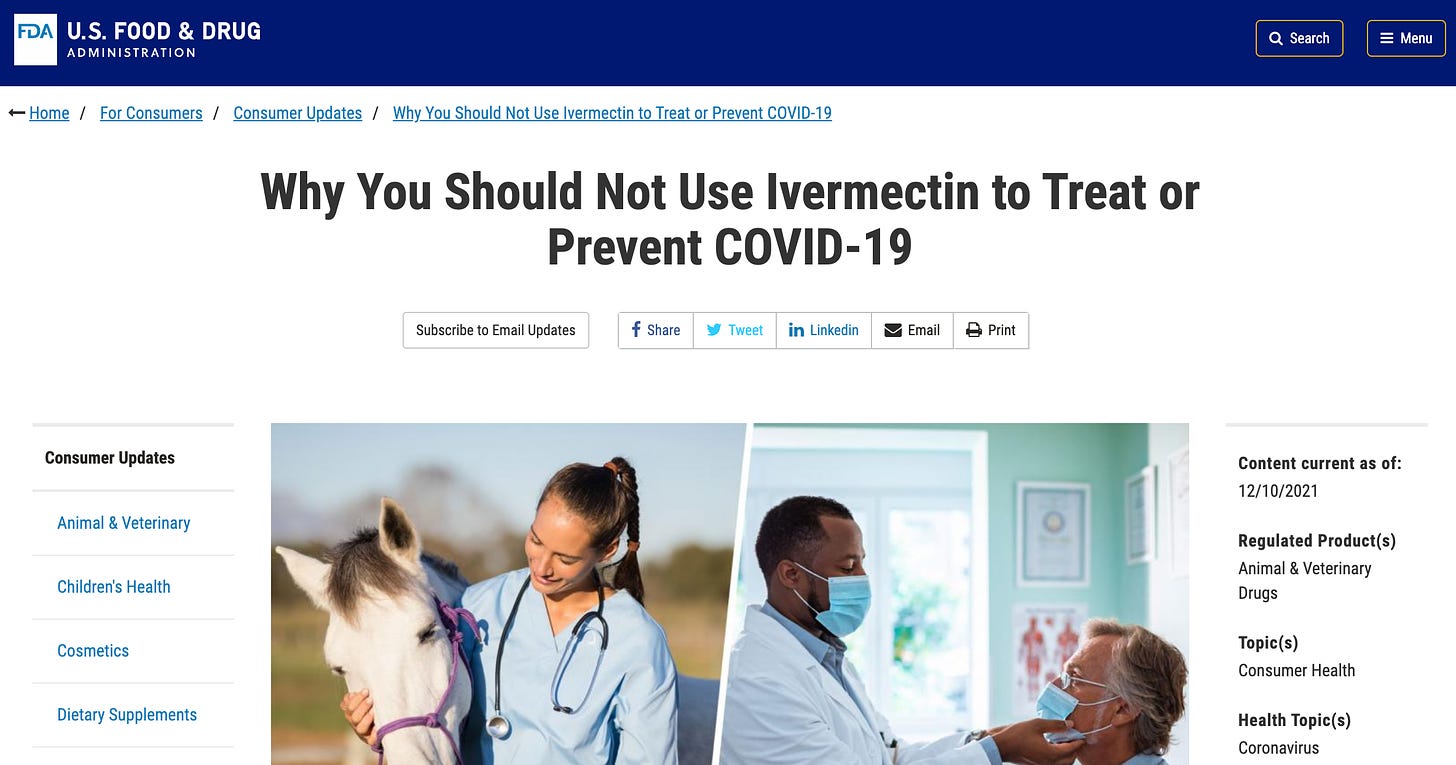
Well, I’d hate to disappoint anyone. Let’s get this party started.
I have information about a cheap, widely available supplement that might help you. RELEASE the fact checkers!
Back to BORON: The little trace mineral that could.
I’ll start by sharing a compelling excerpt from the abstract of this 2015 paper titled, Nothing Boring About Boron. Feel free to scroll past if you aren’t the abstract-reading type. I get it.
Abstract Boron has been proven to be an important trace mineral because it (1) is essential for the growth and maintenance of bone; (2) greatly improves wound healing; (3) beneficially impacts the body’s use of estrogen, testosterone, and vitamin D; (4) boosts magnesium absorption; (5) reduces levels of inflammatory biomarkers, such as hs-CRP and TNF-α; (6) raises levels of antioxidant enzymes, such as SOD, catalase, and glutathione peroxidase; (7) protects against pesticide-induced oxidative stress and heavy-metal toxicity; (8) improves brain electrical activity, cognitive performance, and short-term memory in elders; (9) influences the formation and activity of key biomolecules, such as SAM-e and NAD+; (10) has demonstrated preventive and therapeutic effects in a number of cancers, such as prostate, cervical, and lung cancers and multiple and non-Hodgkin’s lymphoma; and (11) may help ameliorate the adverse effects of traditional chemotherapeutic agents. Americans’ daily dietary intake of boron was estimated to be approximately 1 mg/d in 1999.
In none of the numerous studies conducted to date, however, do boron’s beneficial effects appear at intakes of less than 3 mg/d. No EARs or DRIs have been set for boron; only a UL of 20 mg/d for individuals aged 18 years or older. The absence of studies showing harm in conjunction with the substantial number of articles showing benefits support the consideration of boron supplementation of 3 mg/d for any individual who is consuming a diet low in fruits and vegetables or who is at risk for or has osteopenia; osteoporosis; OA; or breast, prostate, or lung cancer.
The trace mineral boron is a micronutrient with diverse and vitally important roles in metabolism that render it necessary for plant, animal, and human health, and, possibly, as recent research suggests, for the evolution of life on Earth. The current review focuses primarily on boron’s most salient effects on human health, including its impact on bone development and regeneration, wound healing, the production and metabolism of sex steroids and vitamin D, and the absorption and use of calcium and magnesium. In addition, boron has anti-inflammatory effects that can help alleviate arthritis and improve brain function and has demonstrated such significant anticancer effects that boronated compounds are now being used in the treatment of several types of cancer. A summary of the evidence suggesting that boron should be given consideration as an essential micronutrient is provided, together with leading dietary sources and intake recommendations.
BORON:
Has been shown to increase serum levels of vitamin D3
Vitamin D supplementation is likely a highly effective and cheap intervention to lessen the impact of the disease, particularly in vulnerable populations, i.e., the elderly, obese, people of color, and those living in northern latitudes). The majority of those with long COVID continue to have Vitamin D deficiency. Patients may require a loading dose based on baseline Vitamin D levels.
Significantly improves magnesium absorption
Oral Mg supplementation improves endothelial function - after supplementing for at least for 6 months and in unhealthy, overweight or older individuals.
Orally supplementing with magnesium causes a decrease in blood pressure.
There is a higher risk of magnesium deficiency in overweight conditions
magnesium is fundamental for adenosine triphosphate (ATP) production and serves as the cofactor of more than 300 enzymes involved in lipid, protein, and nucleic acid synthesis. Because of its positive charge, magnesium stabilizes cell membranes, balances the actions of calcium, and functions as a signal transducer.31
Magnesium also plays an important role in carbohydrate metabolism; its deficiency provokes and worsens insulin resistance.
Boron improves cardiac contractility and fibrotic remodeling following myocardial infarction injury, read the study HERE
Anti Inflammatory properties
Reduces levels of inflammatory biomarkers
A number of papers have indicated that boron reduces levels of inflammatory biomarkers.20,36,37 with significant decreases in levels of hs-CRP and TNF-α.
Fun Fact: C-reactive protein (CRP) is an acute-phase protein produced in the liver in response to increased immune-cell production of proinflammatory cytokines (eg, IL-1, IL-6, IL-8, and TNF-α). CRP is a known predictor of risk for cardiovascular disease (CVD), heart attack, and stroke.
Not only is boron an inhibitor of 24-hydroxylase, but it also influences the formation and activity of boroesters in biomolecules containing cis-hydroxyl groups. Such boron-containing biomolecules include those that contain ribose (eg, S-adenosyl methionine [SAM-e], diadenosine phosphates, and nicotinamide adenine dinucleotide [NAD+]). These biomolecules are key players required in a multitude of fundamental biochemical processes.72,73
NAD
Nicotinamide adenine dinucleotide (NAD) is an important coenzyme that regulates various metabolic pathways, including glycolysis, β-oxidation, and oxidative phosphorylation. Additionally, NAD serves as a substrate for poly(ADP-ribose) polymerase (PARP), sirtuin, and NAD glycohydrolase, and it regulates DNA repair, gene expression, energy metabolism, and stress responses.
Boosts free-radical scavenging/protects against oxidative stress by raising levels of a triumvirate of antioxidant enzymes in blood and cells: SOD, catalase, and glutathione peroxidase.
What’s the deal with GLUTATHIONE? I’ve taken the liberty of including the study below, for your learning enjoyment.
Glutathione System and Oxidative Stress in Health and Disease
Sarıkaya, E., Doğan, S., 2020, 'Glutathione Peroxidase in Health and Diseases', in M. D. Bagatini (ed.), Glutathione System and Oxidative Stress in Health and Disease, IntechOpen, London. 10.5772/intechopen.91009.
Abstract
The aim of this study is to give information to readers about the importance of glutathione peroxidase. The physiopathology of most diseases is not fully elucidated currently; however, in many epidemiological studies, there are limited studies indicating the relationship between low levels of glutathione peroxidase status and the rise of cancer risk in many types of cancer. Anytime, situations in case of the distortion due to imbalance between enzymatic and nonenzymatic antioxidants and oxidants which lost one of paired electrons in the atomic level mean reactive oxygen species (ROS) withal reactive nitrogen species (RNS) in favor of oxidants that are related to oxidative stress. The possible mechanisms of glutathione peroxidase have been reviewed using the major findings of more than 1000 papers related to the ROS, glutathione peroxidase, and oxidative stress. Oxidative stress plays an important role in the occurrence and development of most diseases in both animal and human studies. Moreover, antioxidants have protective effects against nearly 50 disease pathogenesis. Oxidative stress, which occurs as an outcome of lipid peroxidation, concurrently may have a key importance in the phase of carcinogenesis occurring with a multistage course devoted to environmental toxicity and in cancer pathogenesis.
Supports brain activation and psychological function
Assessments of brain electrical activity in both animals and humans have shown that boron deprivation—0.12 μg/g in the diet as boric acid—results in decreased brain electrical activity.70
Anticancer effects
Boron-containing compounds interfere with the physiology and reproduction of cancer cells through diverse mechanisms, including inhibition of serine proteases, NAD-dehydrogenases, mRNA splicing and cell division, receptor binding mimicry, and induction of apoptosis.81
Boron-enriched diets have been found to result in significant decreases in risk for prostate and cervical cancer and to decrease risk of lung cancer in smoking women.
See aforementioned reduction in oxidative stress bullet point and subsequent study on glutathione.
Reported beneficial actions of boron include arthritis alleviation or risk reduction, bone growth and maintenance, central nervous system function, cancer risk reduction, hormone facilitation, and immune response, inflammation, and oxidative stress modulation.
It promotes bone health, brain function, and the immune or inflammatory response; alleviates or decreases the risk for arthritis; facilitates the action or utilization of several hormones; and is associated with decreased risk for some cancers. This suggests that boron intakes above 1 mg/d could help people ‘‘live longer and better.’’
If anyone is still with me and curious about what oxidative stress is and why it’s important….
What is Oxidative Stress?
(https://www.linkedin.com/pulse/5-signs-oxidative-stress-7-ways-you-can-stop-wilson-nd-cpm-cns/)
The process of oxidation happens as our bodies metabolize (or process) the oxygen that we breathe and our cells produce energy from it. This process also produces free radicals –molecules that interact with the molecules within our cells resulting in damage (or stress) to nearby cells, mitochondria (which I will explain further in a coming article), and DNA.
Free radicals are normal and necessary to some degree. In addition to causing some damage, they also stimulate repair. It is only when so many free radicals are produced, and they overwhelm the repair processes, that it becomes an issue. That is what we call oxidative stress.
Oxidation happens under a number of circumstances including:
when our cells use glucose to make energy
when the immune system is fighting off bacteria and creating inflammation
when our bodies detoxify pollutants, pesticides, and cigarette smoke
Why is it a problem?
Because the free radicals resulting from oxidation damage cells, proteins and our DNA (genes) and because oxidation itself is such a common process, the damage it can cause is significant. It is known to cause aging, grey hair, wrinkles, arthritis, decreased eye sight, and even cancer.
So, how can you tell if oxidative stress is occurring in your body? Here are signs to look out for:
Fatigue
Memory loss and/or brain fog
Muscle and/or joint pain
Wrinkles and grey hair
Decreased eye sight
Headaches and sensitivity to noise
Susceptibility to infections
Oxidative stress is caused by:
Metabolic dysfunction, which can lead to cardiovascular diseases, high blood pressure, and atherosclerosis.
Inflammation, which can lead to accelerated aging and chronic fatigue syndrome.
Neurological dysfunction, such as Alzheimer’s disease and Parkinson’s disease.
Various types of cancer
Okie dokie…that’s what I’ve got.
Boron. I think it’s a good idea. Of course, I can’t recommend anything like that, so for sure, do the thing and talk to your doctor…
It happens to be available HERE if you want to check it out. Just remember, all of the available research I found indicated that 3mg is the MINIMUM daily dosage.
I take more.
Cheers!





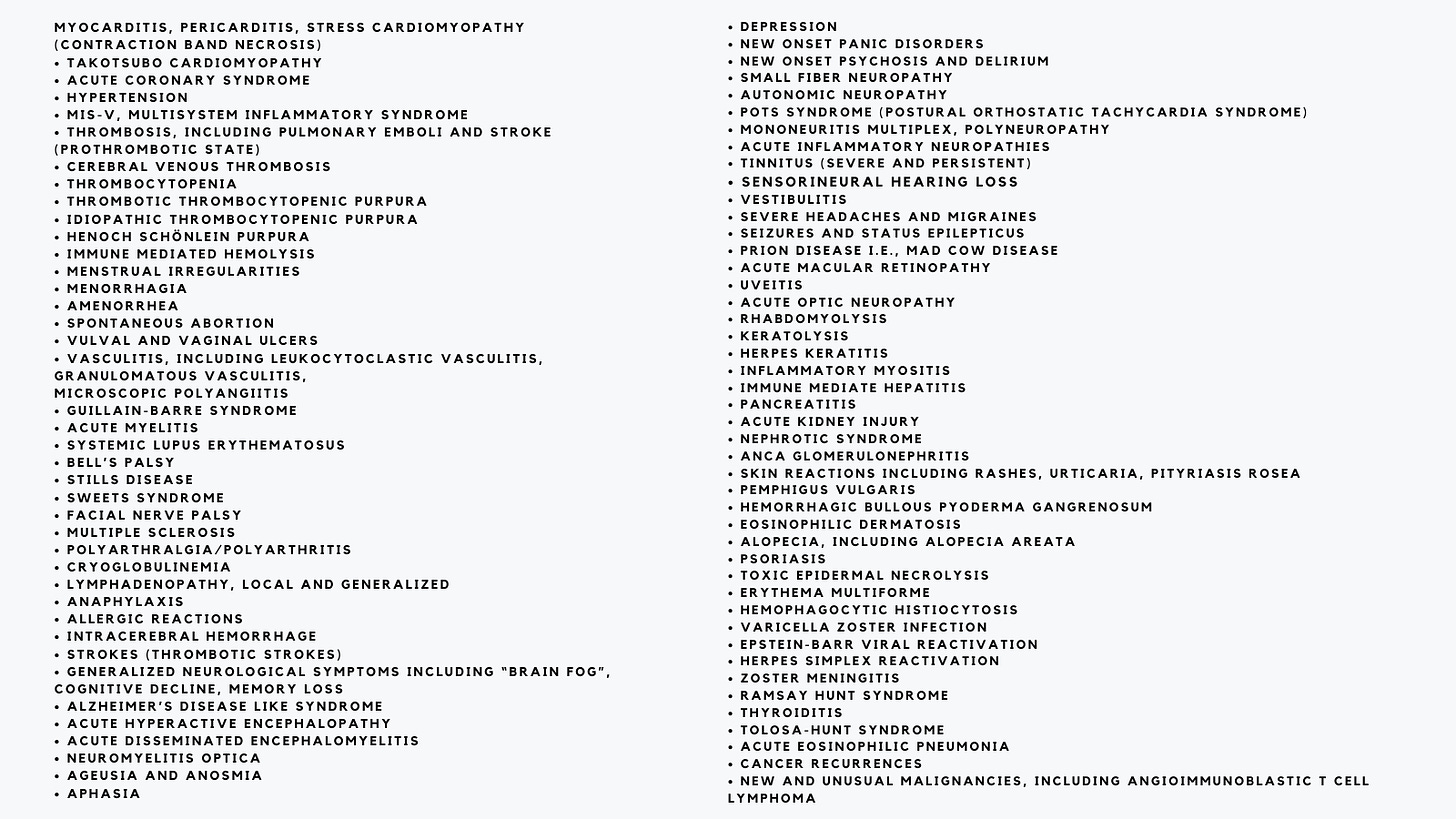


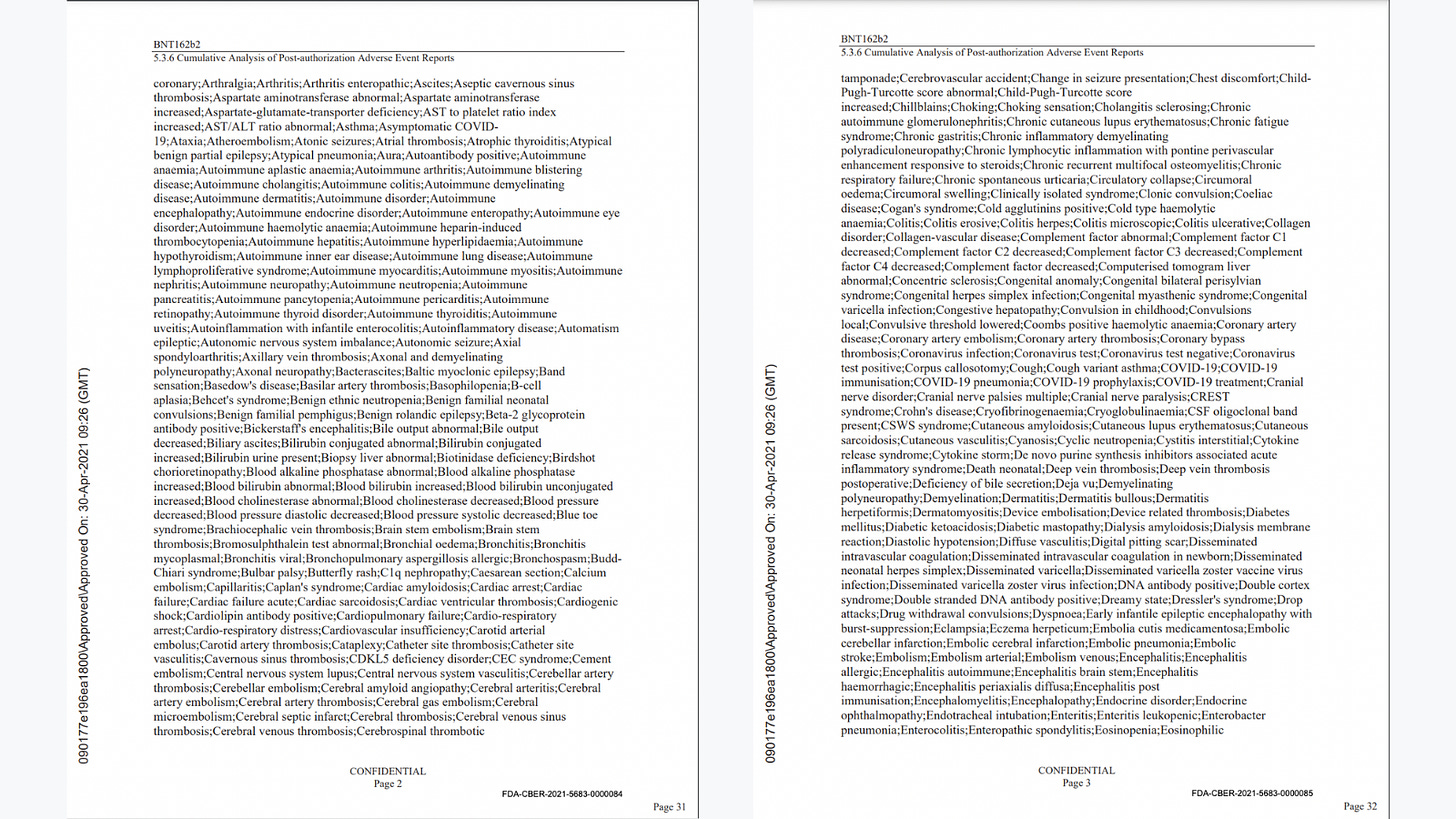
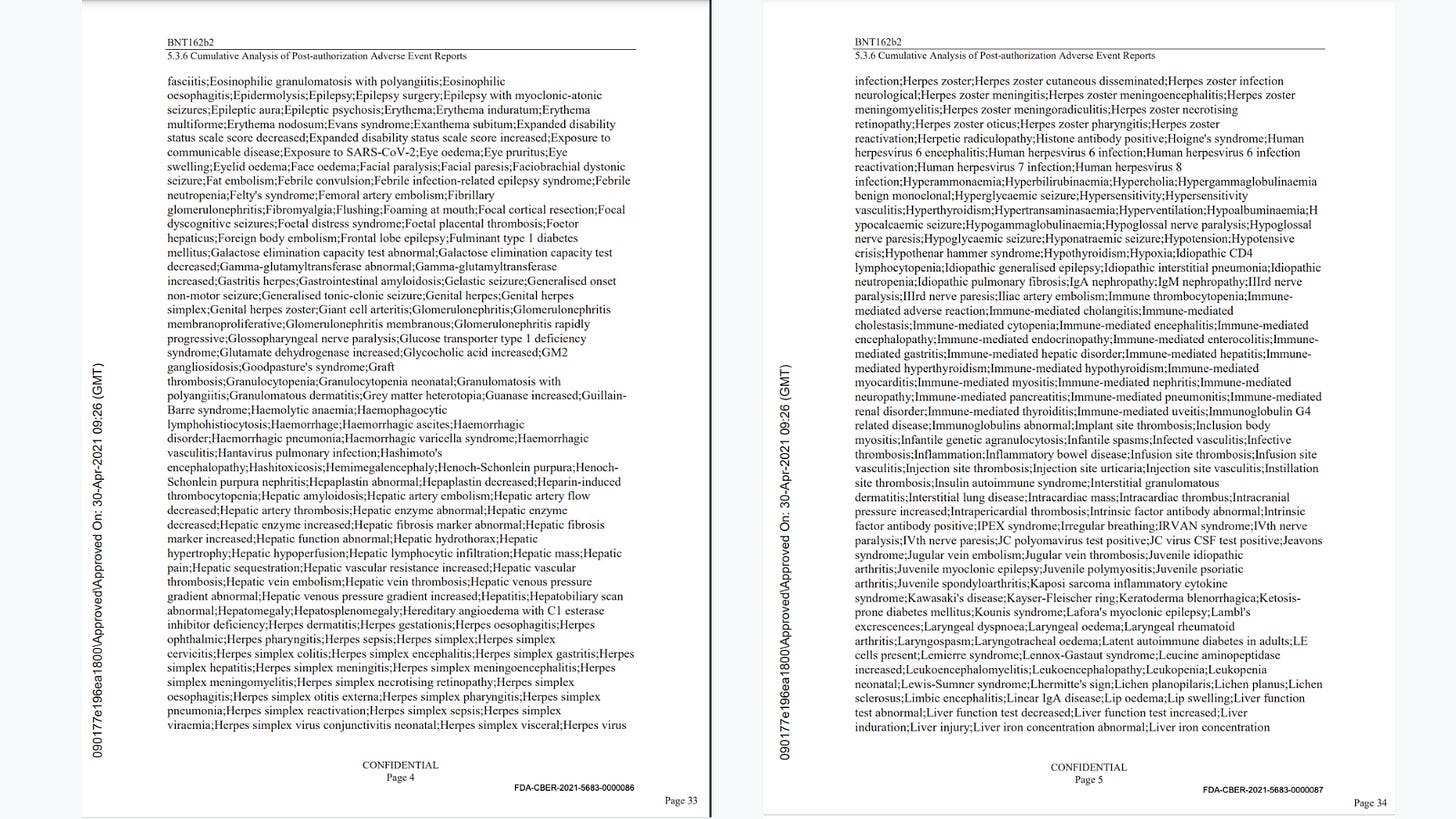
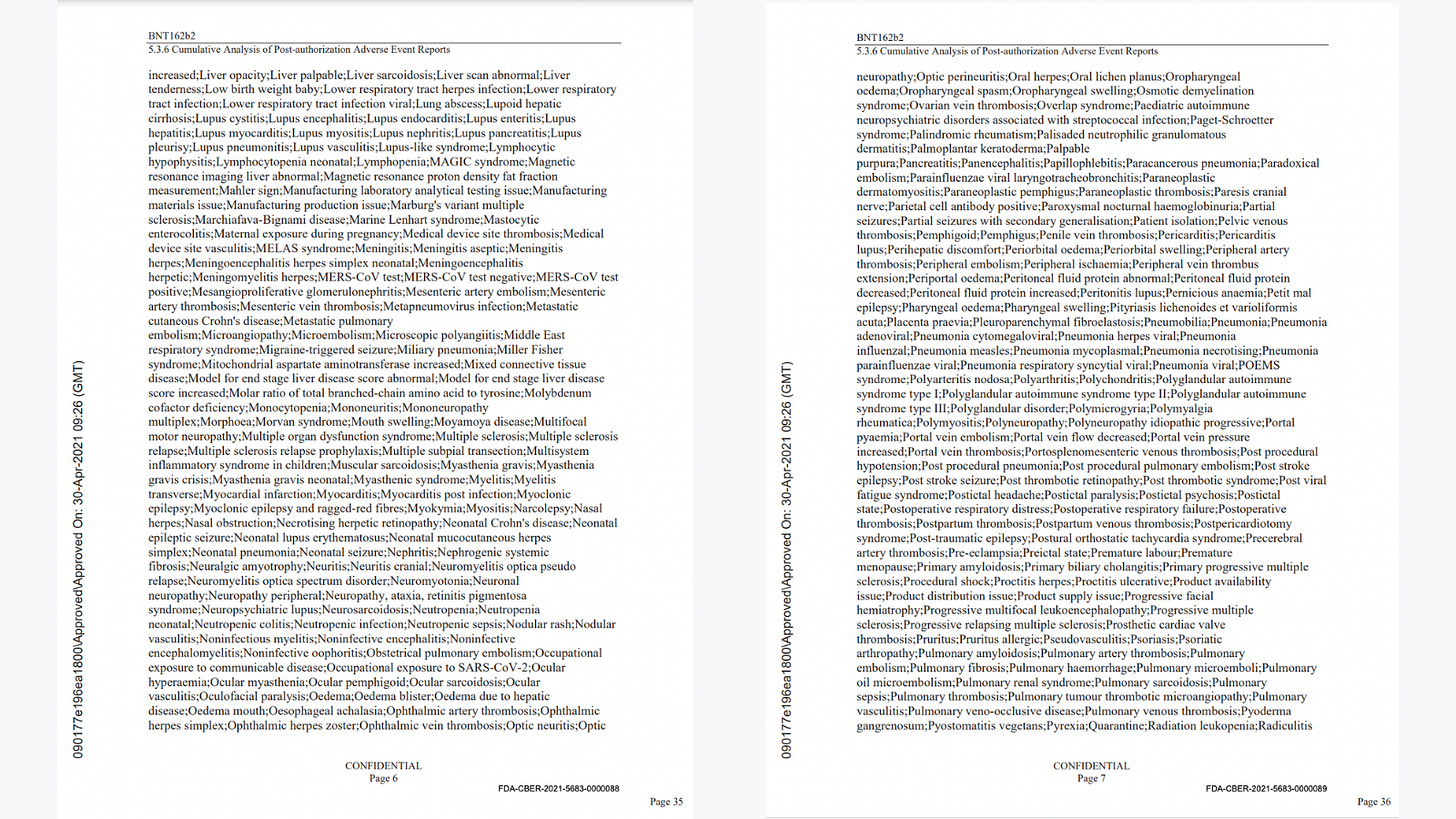
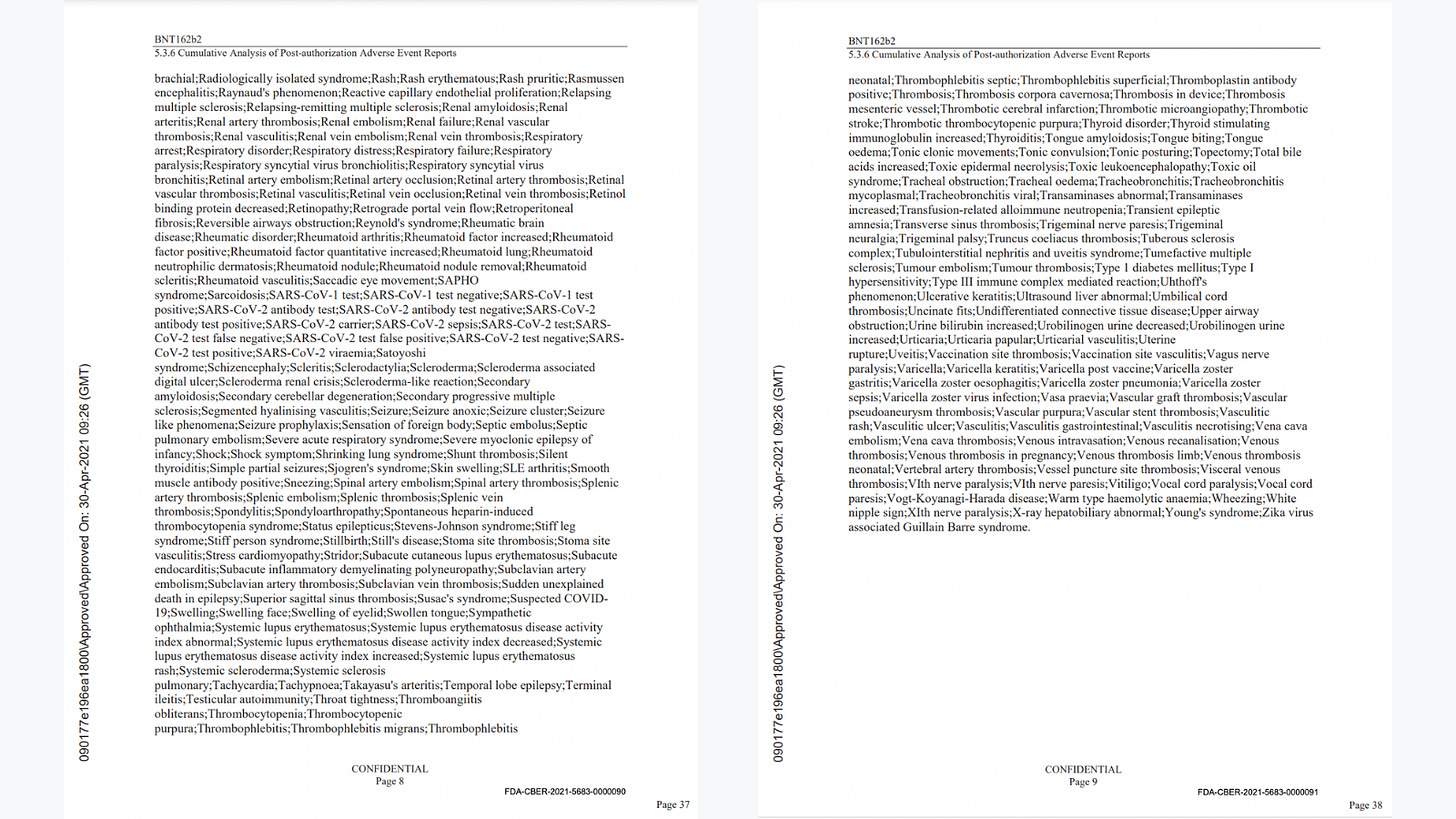



I have a great internist who leans towards the nutraceutical bent. She was the first doctor ever to test my boron level. Unfortunately it is notoriously difficult to build up your levels. I think my current level is 12 mg per day. 6mg x 2. Thanks for bringing awareness to this!
So good, Sarah. I'll do some muscle testing on my boron intake here in Mexico.
Fact: I muscle test pretty much all food before I ingest it.
Fact: Most often my body will reject American grown fruit, and accept the same fruit grown in other countries. Not 100% correlation. Very high though. Things that make me go 'Hmmmm.'
Thank you.